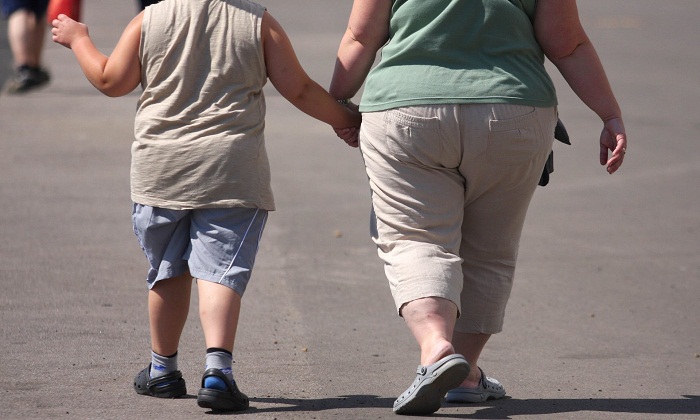One in three children aged six to nine in Europe overweight or obese

Among the researchers’ other main findings is that between 20% and 30% of all inflammatory bowel disease now begins in childhood. They also report that non-alcoholic fatty liver disease has become the single most common cause of chronic liver disease among children and adolescents in western nations. Children as young as three have been diagnosed with the illness.
The report was commissioned by United European Gastroenterology (UEG) and is based on data from 46 countries in the European region.
UEG’s message is that Europe cannot cope with the problem. “Across Europe we have leading paediatric experts and many centres of excellence. However these are not widespread and currently cannot meet the needs of children throughout the continent,” said Michael Manns, president of the organisation and a professor of paediatrics at Hannover Medical School. “This has an impact not just on individuals and their families but on society and wider health service provision.”
The cost of treating disorders related to obesity now amounts to a tenth of total healthcare costs in Europe, and, according to the report, threatens the sustainability of public health services in all nations.
Children make up one-fifth of Europe’s population, and the incidence of gastroenterological disease is increasing, but experts fear that research in this area is underfunded. “It is extremely worrying that only one out of 58 topics currently receiving EU research funding is focused on paediatric health,” said Berthold Koletzko, president of the European Society for Paediatric Gastroloenterology, Hepatology and Nutrition, and a paediatrician at the University of Munich.
“Priorities need to change quickly to appreciate the specific issues of paediatric digestive provision and ensure greater investment into prevention, cost-effective diagnostic measures and harmonised training.”
Alarm about levels of obesity is not new, and not confined to Europe, or to childhood: a recent Lancet study by scientists at Imperial College reported that worldwide there could be 266 million obese men and 375 obese women, and that the global population had become heavier by about 1.5kg per person in each decade since 1975.
Manns warns that obesity in childhood can endure in adulthood. The message of the report – timed to coincide with the end of a “digestive health month” declared by his organisation, an umbrella group of scientific societies representing 22,000 specialists – is that more expertise, more care and more investment is urgently needed.
“I would have the feeling that northern and eastern European countries have more obesity than southern European countries. One thing is certainly climate and the other is I think socioeconomic status. Usually people with lower socioeconomic backgrounds have a higher risk. This may have to do with nutrition, it may have to do with exercise behaviour,” he said.
“What is important that of all children who have obesity, 90% retain their obesity in adulthood. Therefore it is so important to develop campaigns in childhood.”
The acronym for United European Gastroenterology is UEG and not UAG as stated in an earlier version of this article. This was corrected on 31 May 2016.















































